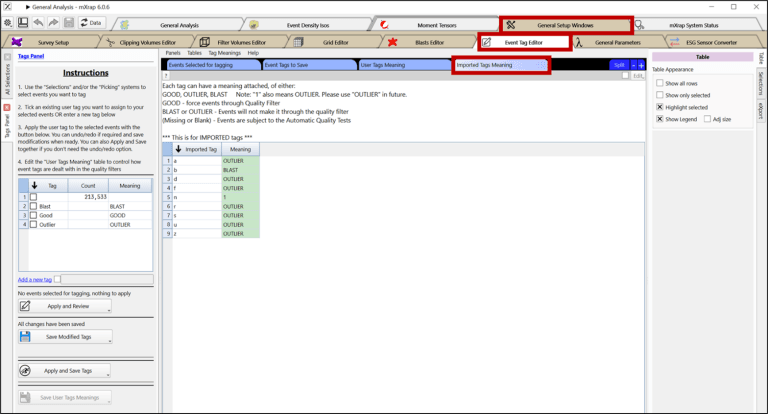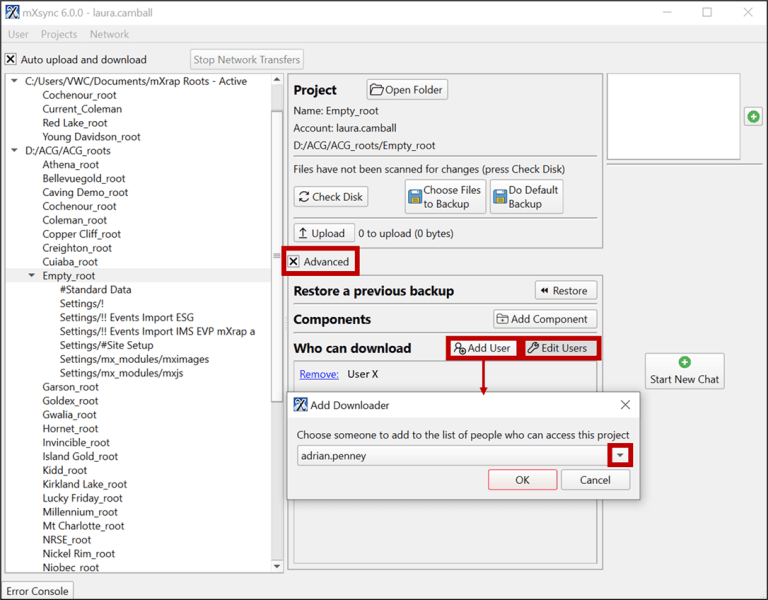
What are minodes?
Minodes are what we use in multiple places in mXrap if we want to assign information to development. They are just point locations, dotted along your development at regular intervals.
Using the ‘Minode Generator’ App mXrap users can create minodes using their Mine Geometry Model or survey files. Minodes are not generated automatically and should be updated periodically to reflect new development.






